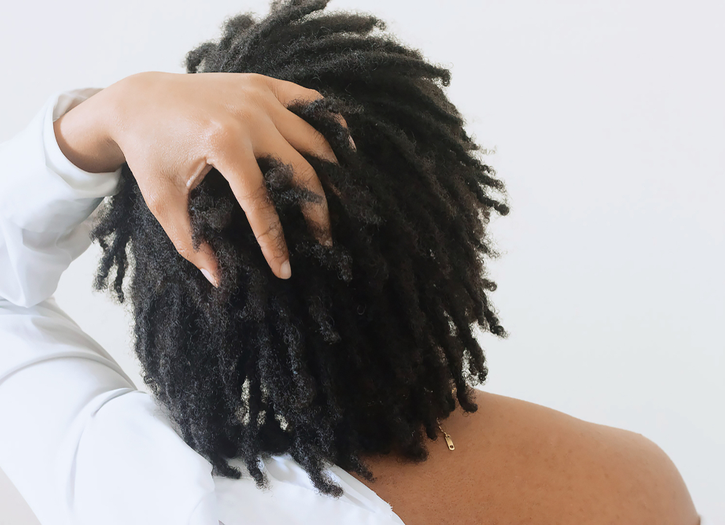Dreadlocks are rope-like strands of hair formed by locking or braiding hair.
Some of the earliest depictions of dreadlocks date back as far as 1600–1500 BCE in the Minoan Civilization, one of Europe’s earliest civilizations, centered in Crete (now part of Greece). Frescoes discovered on the Aegean island of Thera (modern Santorini, Greece) depict individuals with long braided hair or long dreadlocks. In ancient Egypt, examples of Egyptians wearing locked hairstyles and wigs have appeared on bas-reliefs, statuary, and other artifacts. Mummified remains of Egyptians with locked wigs have also been recovered from archaeological sites.
During the Bronze Age and Iron Age many peoples in the Near East, Asia Minor, Caucasus, East Mediterranean, and North Africa such as the Sumerians, Elamites, and Ancient Egyptians were depicted in art with braided or plaited hair and beards. However, braids are not dreadlocks. In Ancient Greece, kouros sculptures from the archaic period depict men wearing dreadlocks. The style was worn by Ancient Christian Ascetics in the Middle East and the Mediterranean, and the Dervishes of Islam, among others.
Some of the very earliest adherents of Christianity in the Middle East may have worn this hairstyle; there are descriptions of James the Just, first Bishop of Jerusalem, who is said to have worn them to his ankles. In Senegal, the Baye Fall, followers of the Mouride movement, a Sufi movement of Islam founded in 1887 AD by Shaykh Aamadu Bàmba Mbàkke, are famous for growing dreadlocks and wearing multi-colored gowns. Cheikh Ibra Fall, the founder of the Baye Fall school of the Mouride Brotherhood, popularized the style by adding a mystic touch to it.
Warriors among the Fulani, Wolof, and Serer in Mauritania, and Mandinka in Mali were known for centuries to have worn cornrows when young and dreadlocks when old. Larry Wolff in his book Inventing Eastern Europe: The Map of Civilization on the Mind of Enlightenment mentions that in Poland, for about a thousand years, some people wore a knotted hairstyle similar to that of some Scythians. Zygmunt Gloger in his Encyklopedia staropolska mentions that the Polish plait (plica polonica) hairstyle was worn by some people in the Pinsk region .
On 10 December 2010, the Guinness Book of World Records rested its “longest dreadlocks” category after investigating its first and only female title holder, Asha Mandela, with this official statement:
Following a review of our guidelines for the longest dreadlock, we have taken expert advice and made the decision to rest this category. The reason for this is that it is difficult, and in many cases impossible, to measure the authenticity of the locks due to expert methods employed in the attachment of hair extensions/re-attachment of broken-off dreadlocks. Effectively the dreadlock can become an extension and therefore impossible to adjudicate accurately. It is for this reason Guinness World Records has decided to rest the category and will no longer be monitoring the category for longest dreadlock.







Add Comment
You must be logged in to post a comment.